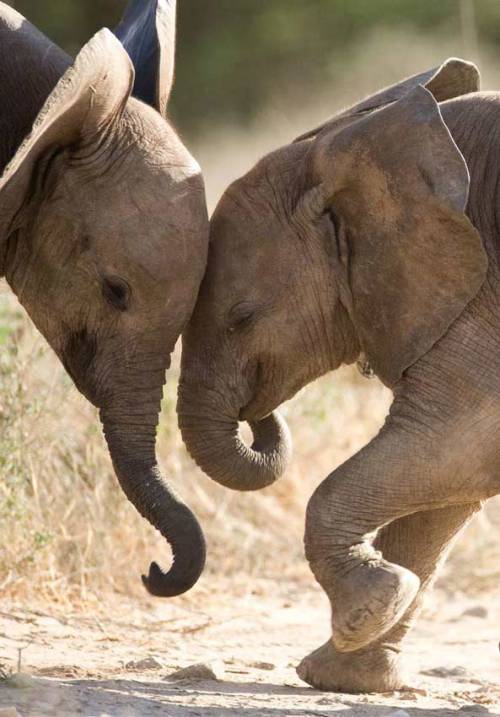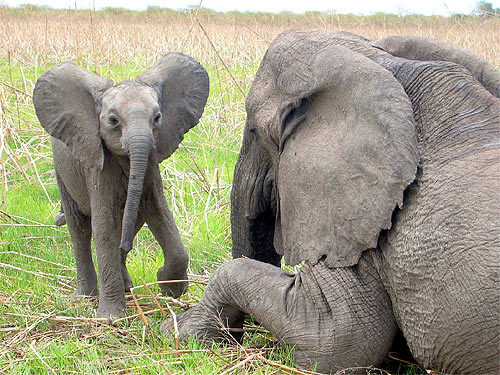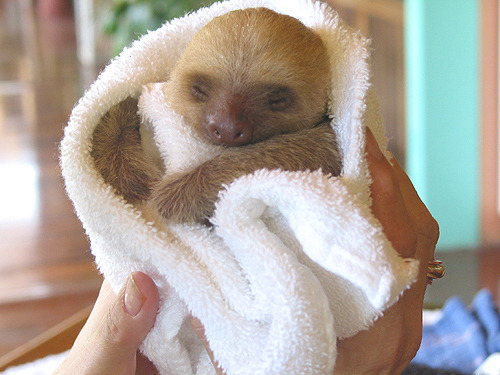| Kingdom: | Animalia |
| Phylum: | Chordata |
| Class: | Mammalia |
| Order: | Carnivora |
| Family: | Mustelidae |
| Genus: | Mustela |
| Scientific Name: | Mustela nivalis |
| Common Name: | Weasel |
| Other Name(s): | Common Weasel, European Weasel, Least Weasel |
| Group: | Mammal |
| Number Of Species: | 10 |
| Location: | Northern Hemisphere |
| Habitat: | Forest and open woodland |
| Colour: | Dark and Light Brown, Tan, White, Black |
| Skin Type: | Fur |
| Size (L): | 22cm - 38cm (8.6in - 15in) |
| Weight: | 120g-198g (4.2oz - 7oz) |
| Top Speed: | 25kph (15mph) |
| Diet: | Carnivore |
| Prey: | Mice, Lemmings, Voles |
| Predators: | Hawks, Foxes, Snakes |
| Lifestyle: | Diurnal/Nocturnal |
| Group Behaviour: | Solitary |
| Life Span: | 1 - 3 years |
| Age Of Sexual Maturity: | 1 - 2 years |
| Gestation Period: | 5 weeks |
| Average Litter Size: | 5 |
| Name Of Young: | Kitten |
| Age Of Weaning: | 8 weeks |
| Conservation Status: | Least Concern |
| Estimated Population Size: | Stable |
| Biggest Threat: | Lack of prey species |
| Most Distinctive Feature: | Brown back and head with white underside |
| Fun Fact: | The smallest carnivorous mammal in the world! All this information is from http://a-z-animals.com/animals/ |
Monday, 16 September 2013
Weasel Facts
Wednesday, 11 September 2013
Hedgehog Fatcs
| Kingdom: | Animalia |
| Phylum: | Chordata |
| Class: | Mammalia |
| Order: | Erinaceomorpha |
| Family: | Erinaceidae |
| Genus: | Atelerix |
| Scientific Name: | Atelerix Albiventris |
| Type: | Mammal |
| Diet: | Omnivore |
| Size: | 16-35cm (6-14in) |
| Weight: | 1-2kg (2.2-4.4lbs) |
| Top Speed: | 19km/h (12mph) |
| Life Span: | 3-6 years |
| Lifestyle: | Solitary |
| Conservation Status: | Least Concern |
| Colour: | Tan, Brown, Grey |
| Skin Type: | Spikes |
| Favourite Food: | Insects |
| Habitat: | Dense vegetation and woodland |
| Average Litter Size: | 5 |
| Main Prey: | Insects, Worms, Seeds |
| Predators: | Owl, Dog, Foxes |
| Special Features: | Long snout and can roll into a spiky ball |
Tuesday, 10 September 2013
Asian Elephant
The Asian or Asiatic elephant (Elephas maximus) is the only living species of the genus Elephas and is distributed in Southeast Asia from India in the west to Borneo in the east. Three subspecies are recognized — Elephas maximus maximus from Sri Lanka, the Indian elephant or E. m. indicus from mainland Asia, and E. m. sumatranus from the island of Sumatra. Asian elephants are the largest living land animals in Asia. Since 1986, E. maximus has been listed as endangered by IUCN as the population has declined by at least 50% over the last three generations, estimated to be 60–75 years. The species is pre-eminently threatened by habitat loss, degradation and fragmentation. In 2003, the wild population was estimated at between 41,410 and 52,345 individuals. Female captive elephants have lived beyond 60 years when kept in seminatural situations, such as forest camps. In zoos, elephants die at a much younger age and are declining due to a low birth and high death rate. The genus Elephas originated in Sub-Saharan Africa during the Pliocene ranging throughout Africa into southern Asia. The earliest indications of domestication of Asian elephants are engravings on seals of the Indus Valley civilization dated as third millennium BC. They are highly intellegent. On average, the shoulder height of males rarely exceeds 2.7 m (9 ft) and that of the females, 2.4 m (8 ft). Average height of females is 2.24 m (7.3 ft), and average weight 2.72 t (3.00 short tons) rarely exceeding 4.16 t (4.59 short tons). Large bulls weigh up to 5.4 t (6.0 short tons) and are 3.2 m (10 ft) at the shoulder. Length of body and head including trunk is 5.5–6.5 m (18–21 ft) with the tail being 1.2–1.5 m (3.9–4.9 ft) long.[4] The largest bull elephant ever recorded was shot by the Maharajah of Susang in the Garo Hills of Assam, India in 1924, it weighed 8 tonnes (8.8 short tons), stood 3.35 m (11 ft) tall at the shoulders and was 8.06 m (26.4 ft) long from head to tail. There are reports of larger individuals as tall as 3.7 m (12 ft).








Sunday, 1 September 2013
Thoroughbred
The Thoroughbred is a horse breed best known for its use in horse racing. Although the word thoroughbred is sometimes used to refer to any breed of purebred horse, it technically refers only to the Thoroughbred breed. Thoroughbreds are considered "hot-blooded" horses, known for their agility, speed and spirit. The Thoroughbred as it is known today was developed in 17th- and 18th-century England, when native mares were crossbred with imported Oriental stallions of Arabian, Barb, and Turkoman breeding. All modern Thoroughbreds can trace their pedigrees to three stallions originally imported into England in the 17th century and 18th century, and to a larger number of foundation mares of mostly English breeding. During the 18th and 19th centuries, the Thoroughbred breed spread throughout the world; they were imported into North America starting in 1730 and into Australia, Europe, Japan and South America during the 19th century. Millions of Thoroughbreds exist today, and more than 118,000 foals are registered each year worldwide.Thoroughbreds are used mainly for racing, but are also bred for other riding disciplines such as show jumping, combined training, dressage, polo, and fox hunting. They are also commonly crossbred to create new breeds or to improve existing ones, and have been influential in the creation of the Quarter Horse, Standardbred, Anglo-Arabian, and various warmblood breeds.Thoroughbred racehorses perform with maximum exertion, which has resulted in high accident rates and health problems such as bleeding from the lungs. Other health concerns include low fertility, abnormally small hearts and a small hoof to body mass ratio. There are several theories for the reasons behind the prevalence of accidents and health problems in the Thoroughbred breed, and research is on going. The typical Thoroughbred ranges from 15.2 to 17.0 hands (62 to 68 inches, 157 to 173 cm) high, averaging 16 hands (64 inches, 163 cm). They are most often bay, seal brown, chestnut, black, or grey. Less common colours, recognized in the United States include roan and palomino. White is very rare, but is a recognized colour separate from grey.The face and lower legs may be marked with white, but white will generally not appear on the body.







Wednesday, 28 August 2013
Polar Bear
The Polar Bear (Ursus maritimus) is a carnivorous bear native largely within the Arctic Circle encompassing the Arctic Ocean, its surrounding seas and surrounding land masses. It is the world's largest bear. A boar (adult male) weighs around 350–700 kg (770–1,500 lb.), while a sow (adult female) is about half that size. Although it is closely related to the brown bear its body adapts to cold temperature's, for moving across snow, ice, and open water, and for hunting the seals which make up most of its diet. Although most polar bears are born on land, they spend most of their time at sea. Their scientific name means "maritime bear", and derives from this fact. Polar bears hunt their preferred food of seals from the edge of sea ice, often living off fat reserves when no sea ice is present.
Polar Bears rarely live longer than 25 years old but the oldest one recorded lived to 32 years old. When a female Polar Bear gets pregnant she put on 200kg, so if you think you are "fat" think again. Polar Bear mothers look after their cubs for 2 and a half years. Adult males occasionally kill and eat the cubs :( . The longest recorded swim for a Polar Bear was 354km. Polar Bears are becoming endangered at an alarming rate and we should protect these beautiful creatures.




Wednesday, 21 August 2013
The Knysna Dwarf Chameleon
The Knysna Dwarf Chameleon (Bradypodion Damaranum) is a species of dwarf chameleon in the Bradypodion ("slow footed") genus that is endemic to South Africa. It is a forest dweller, found only in a limited range in the afromontane forests near Knysna, South Africa, and in certain other areas. It gives birth to live young and not eggs. As with most chameleons, its tongue is twice the length of its body and it can be shot out its mouth using a special muscle in the jaw. This gives the chameleon the ability to catch insects some distance away. The normal habitat of Bradypodion Damaranum is dense, wet montane forest. this chameleon aslo readily adapts to living in gardens. However, the use of hedge trimmers and the introduction of domestic cats have caused the species th vanish from large areas. Its body is about 4 cm long but the total length, with the tail unfolded, is about 15 cm.






Monday, 12 August 2013
My Great Danes
Hi, I'm 14 years old. I have 3 Great Danes....Venus, Isis and Titan. Venus is a pure black Great Dane and doesn't have a spot of white on her, she is 21 months old. Isis is a blue Great Dane and she is 4 years old. Titan is her baby and he is 2 and a half years old. We also look after a merle Great Dane named Coda and she is 10 months old. All of my danes are amazing loving dogs, Yesterday I stared running with Isis and she was really fun to run with. Most people think Great Danes are aggressive dogs but they are wrong. Great Danes think they are lap dogs....hahaha! Well from experience I can tell you they are not suppose to think that because they are HEAVY! but I still love my gentle giants.
 |
| Titan |
 |
| Venus Isis Coda and Venus |
Subscribe to:
Comments (Atom)













